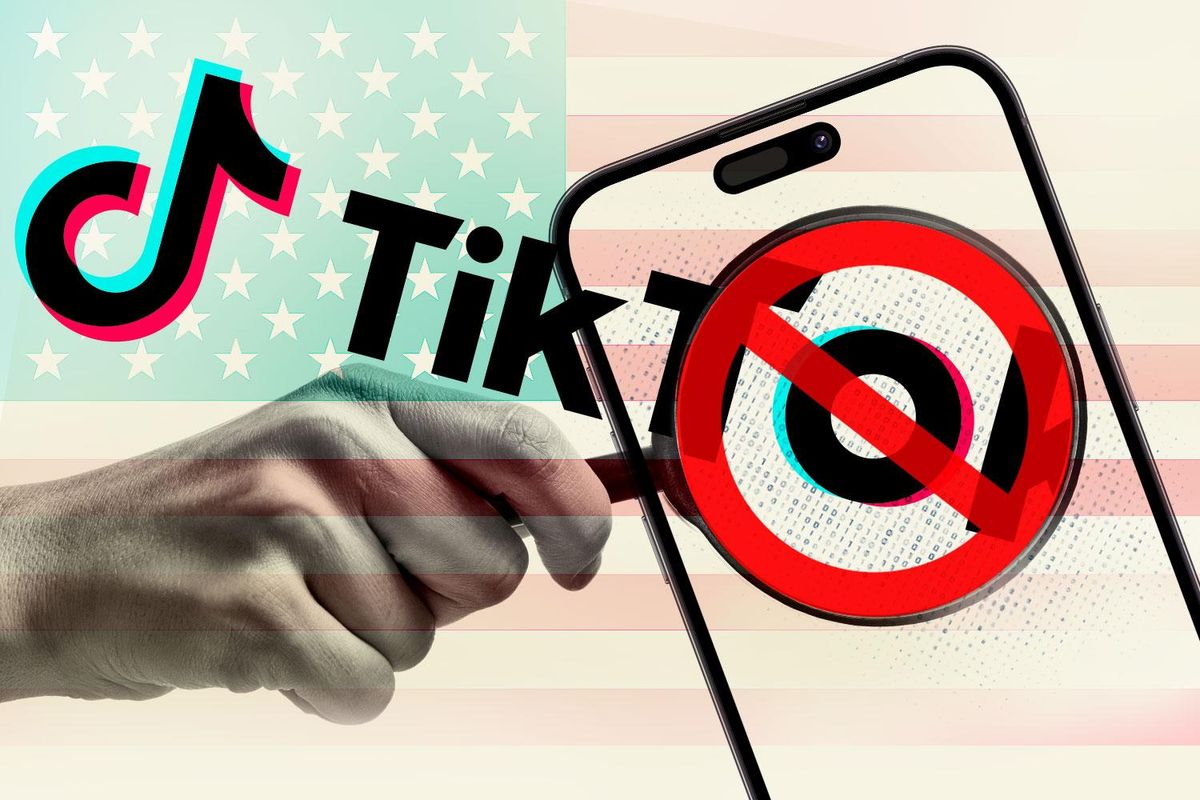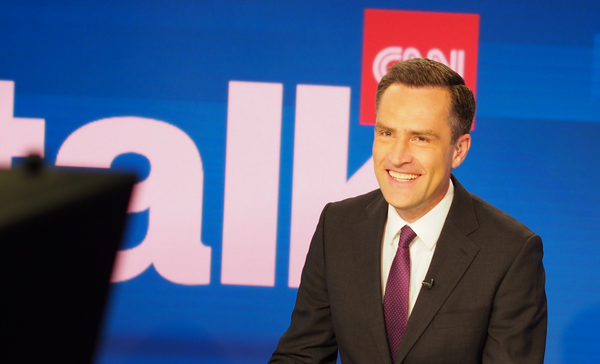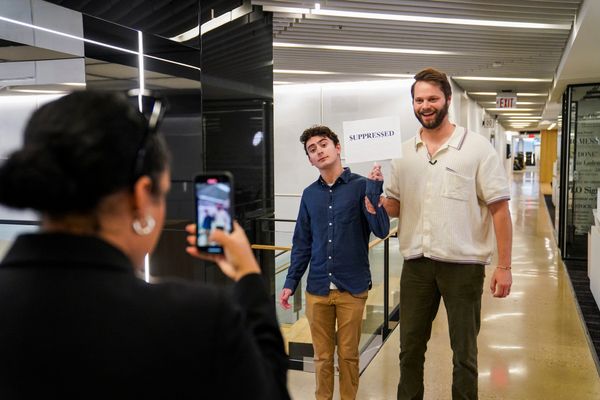The governor of Montana Greg Gianforte made a move to outlaw the globally influential short-video platform TikTok, owned by Chinese tech conglomerate ByteDance. Old news, you may be wondering. Today, however, we are interested in what effect that would have on Gen Z content and reach, news and beyond.
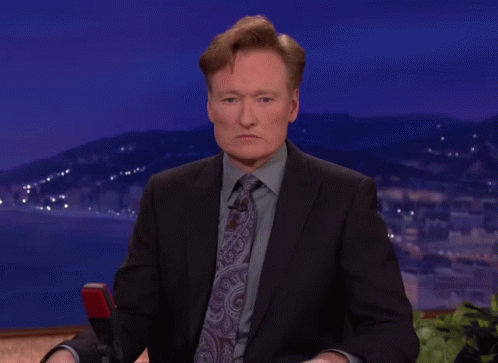
The Motives Behind the Ban
This recent endeavour by Montana's government sends ripples across the entire landscape of internet policy, personal privacy, and the freedom of speech. This significant escalation in the United States' approach to TikTok reflects deepening concerns about the app's ties with China and the possible national security threats such associations may represent.
Navigating a fine line
The paradox here is evident and significant. The move to protect national security and personal privacy by banning TikTok raises the potential risk of infringing upon the fundamental rights of free speech and freedom of information, values deeply ingrained in American society. It begs the question, How do we navigate this fine line between preserving national security and upholding individual liberties?

A Threat or an Opportunity?
The potential outlawing of TikTok in other states, ushers in a new era of challenges and opportunities for media and news brands. The platform, despite its controversies, has served as a significant avenue for reaching the younger demographic, particularly Generation Z. The possible vacuum left by TikTok could ignite a race among existing platforms and potentially new players vying to fill the gap.
@washingtonpost
What's next for the legacy media Washington Post?
News and media brands that have been leveraging TikTok as a key channel to reach their younger audience would need to revise their digital strategy. Platforms such as Instagram, Snapchat, Twitter, or emerging ones could become the battlegrounds for these brands to recapture their audience. This scenario demands proactive action by media companies, particularly in understanding and adapting to the nuances and dynamics of these alternative platforms. Fast adaptation and innovative content strategies could make the difference in securing a substantial portion of the displaced TikTok audience.
Moreover, this could also provide an opportunity for media brands to redefine their interaction with audiences. The rise of news influencers on TikTok signifies the power of personalized, relatable content. Brands might have to rethink their content creation and delivery strategies to align with the changing preferences and habits of the younger generation. Innovative storytelling, engagement practices, and technology utilization would become even more critical.
The Future of Digital Policy
Montana's pioneering move sets the stage for a potentially pivotal turning point in the shaping of digital policy, both within the United States and globally. It's about finding the balance — ensuring national interests and individual privacy are protected, but also acknowledging and safeguarding the freedom of speech and access to information.
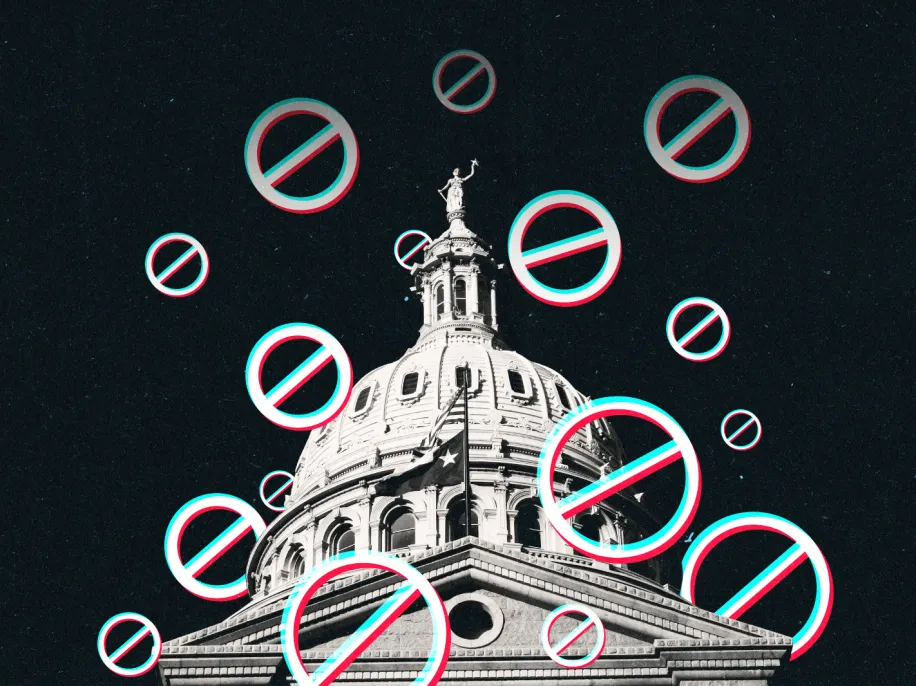
Navigating an Uncertain Digital Future
As we venture into this new landscape, it's evident that Montana's daring move could be a watershed moment in the evolution of digital policy. It presents a valuable opportunity to reexamine how we approach these issues as a society, prompting us to consider whether our current methods are sufficient or if new strategies are needed.


